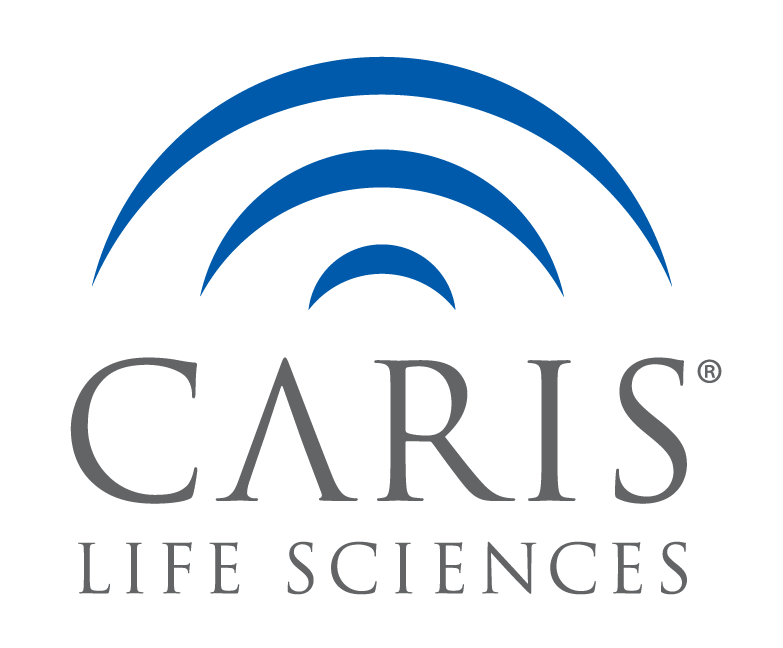Introduction:
– Gastroesophageal cancer is thought to be the result of both environmental exposures and an accumulation of molecular changes over time, causing genetic instability
– The majority of gastroesophageal cancer patients are over the age of 45 Over the past several decades, however, an increasing number of cases are being diagnosed in younger individuals.
– In patients with early onset gastroesophageal cancer, the relative influence of genetics on the development of gastroesophageal cancer is presumed to be greater than that of the environment. Therefore, this set of patients is considered unique from those who develop sporadic cancer at a later age
– If this is the case, early onset gastroesophageal cancer may pave the path toward a better understanding of the molecular genetic pathways involved in gastroesophageal carcinogenesis.
Objective:
– To investigate whether early onset gastroesophageal adenocarcinoma is a distinct molecular entity from
sporadic gastroesophageal adenocarcinoma occurring in the older population.
– To identify the tumor molecular variations that may define individual differences in age of onset of gastroesophageal adenocarcinoma.
Methods:
– Molecular profiles of 1,154 tumors from patients <45 yrs old (n=197) and patients >60 yrs old (n=957) were
compared to each other.
– Protein expression (Immunohistochemistry), gene amplification (In Situ Hybridization), and next generation sequencing were tested on gastric and esophageal tumors.
– Chi-square test was used for comparative analysis
– Gastroesophageal, gastric, and esophageal tumors were analyzed separately, with analysis of primary and metastatic tumor subgroups.
Conclusion:
– The molecular profile of gastroesophageal cancer in young patients is unique from that of older patients, suggesting that it may represent a distinct entity in gastroesophageal carcinogenesis.
– The prevalence of aberrations in the young like cMET amplification, FGFR2, IDH1 and BRCA1 mutations may indicate therapeutic targets in young patients.

